人机界面 (HMI) 是一种用户界面,允许人类操作员与机器或过程进行交互。HMI通常用于工业环境,允许操作员监视和控制过程,例如工厂或发电厂中的过程。
HMI 可以采用多种形式,包括计算机上的图形用户界面 (GUI)、触摸屏或带有按钮和显示器的物理控制面板。它们用于向操作员呈现过程数据,允许操作员输入命令和设定值,以及提供警报和其他信息。
HMI通常连接到可编程逻辑控制器(PLC),PLC负责根据现场HMI和传感器的输入来控制过程。HMI只是向操作员提供信息,并允许他们输入命令,然后将其发送到PLC进行实施。
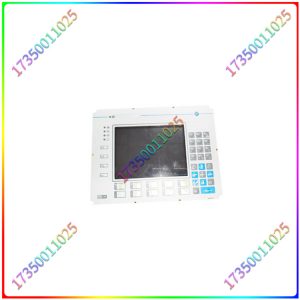
EKDC-16-6ZA933-7
人机界面的类型
- 图形界面(Graphical User Interface,简称GUI):这些是基于计算机的HMI,使用图形界面来显示过程数据并允许操作员输入命令。GUI可以使用Microsoft Windows等软件或专门的HMI软件包创建。
- 触摸界面(Touchscreen Interface):通过触摸屏幕进行交互,具有简单、直观的交互方式,常用于智能手机、平板电脑、交互式白板等设备上。
- 语音界面(Voice Interface):通过语音识别技术进行交互,用户可以通过语音指令控制计算机,常用于智能音箱、车载系统等设备上。
- 物理面板:这些是物理HMI,使用按钮,开关和显示器来显示过程数据并允许操作员输入命令。通常用于GUI或触摸屏可能不实用的工业环境,例如振动或灰尘水平较高的环境。
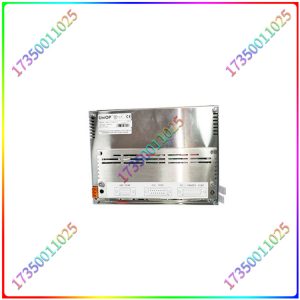
EKDC-16-6ZA933-7
Types of human-machine interfaces
Graphical User Interface (GUI): These are computer-based HMIs that use graphical interfaces to display process data and allow operators to enter commands. GUI can be created using software such as Microsoft Windows or specialized HMI software packages.
Touchscreen Interface: Interacts through the touch screen, providing a simple and intuitive interaction method. It is commonly used on devices such as smartphones, tablets, and interactive whiteboards.
Voice Interface: Interacts through speech recognition technology, allowing users to control computers through voice commands. It is commonly used on devices such as smart speakers and car systems.
Physical panels: These are physical HMIs that use buttons, switches, and displays to display process data and allow operators to input commands. Usually used in industrial environments where GUI or touch screens may not be practical, such as environments with high levels of vibration or dust.
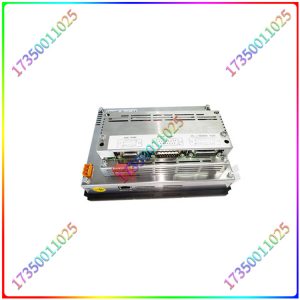
EKDC-16-6ZA933-7


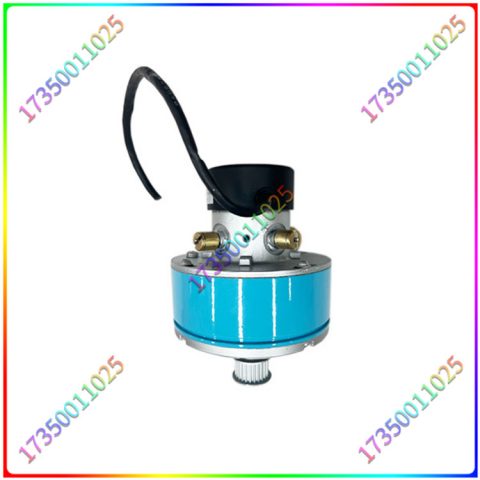
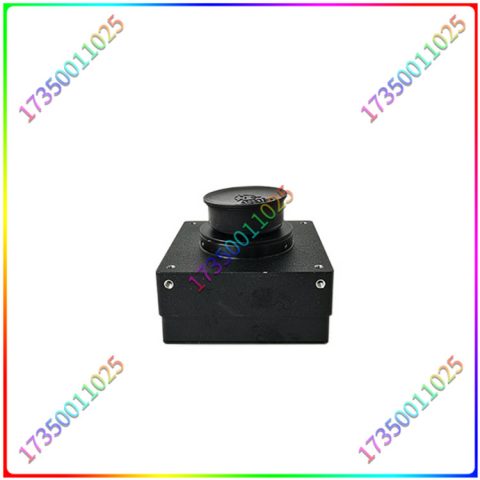
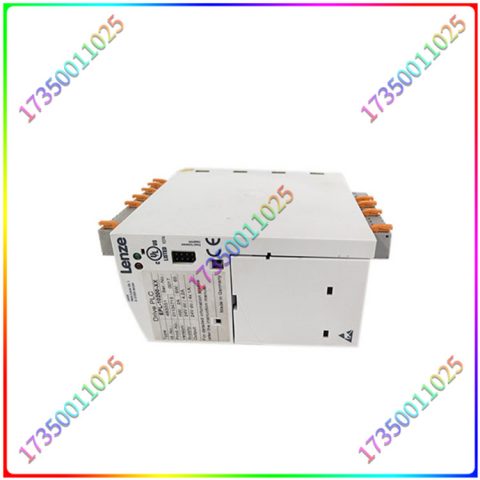
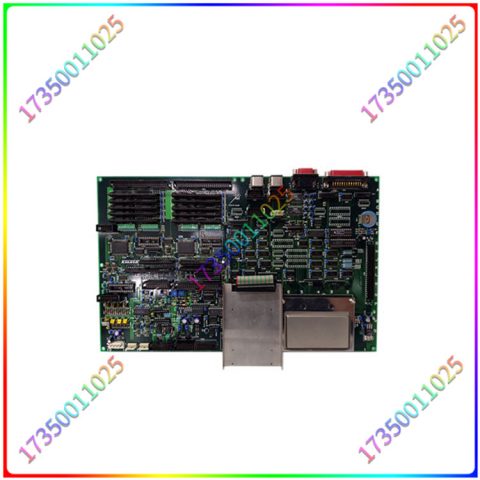
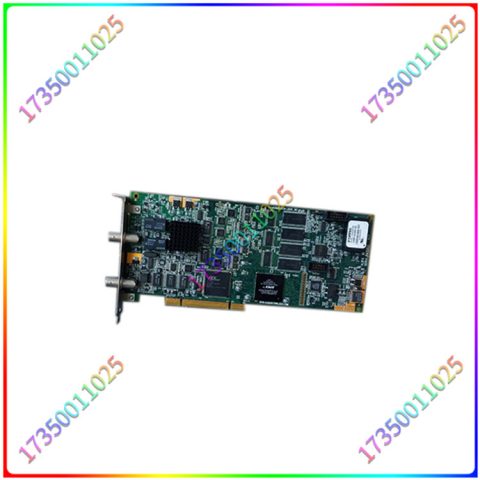
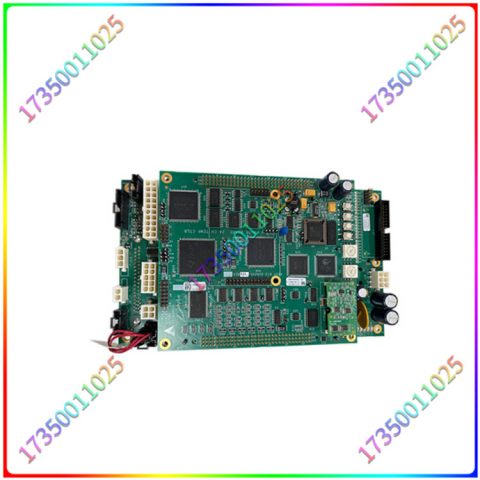
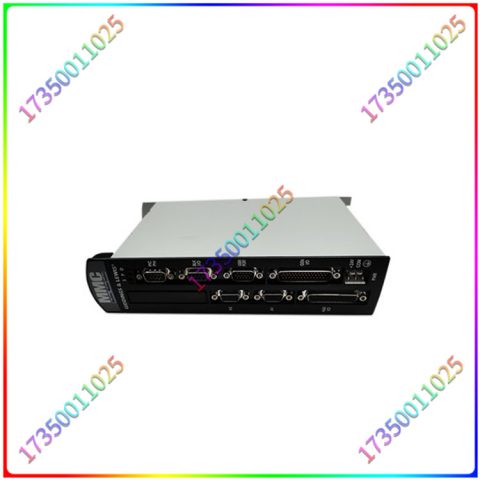
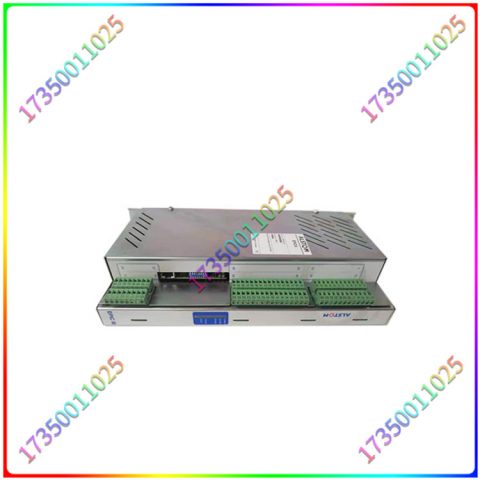
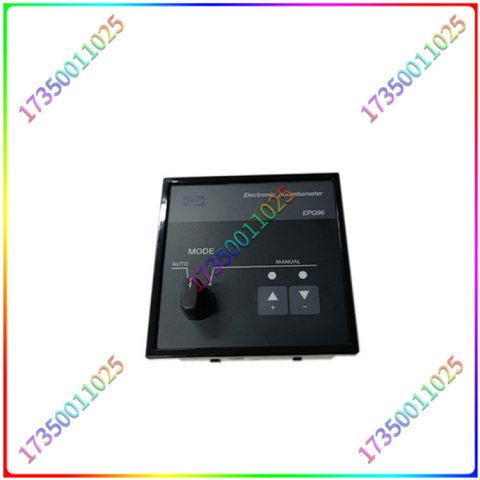
There are no reviews yet.